
The world of wellness has started to gravitate towards wearable technology, devices that monitor health, track sleep and help you practice exercises like breathing and meditation to better manage anxiety. The latest addition to wellness tech is the Apollo Neuro.
Rather than tracking sleep like the best sleep trackers do, the Apollo Neuro is designed to improve your sleep by using non-invasive touch therapy through vibrations. A petite wearable that sits on the wrist or around the ankle, the Apollo Neuro is recommended for relaxation, meditation, focus, recovery and energy… but does it actually work?
I tested out the Apollo Neuro to see if its vibrating touch therapy relieved stress and improved my sleep quality… and this is what I found.
Apollo Neuro review: Unboxing & set-up
The Apollo Neuro came in a tiny cardboard box which contained the device, charger and strap and clip attachments. The packaging also had extensive instructions on how to use and set-up the Apollo Neuro which you can also find on the website.
After I unboxed the Apollo Neuro, I downloaded the Apollo Neuro app, available at the App Store and Google Play. The app is free and incredibly easy to use. All I had to do was set-up my profile and connect the app with my Apollo Neuro device. The whole process was pretty straightforward and the wearable was ready to go in a matter of minutes. You can see the full unboxing video on the T3 Instagram.
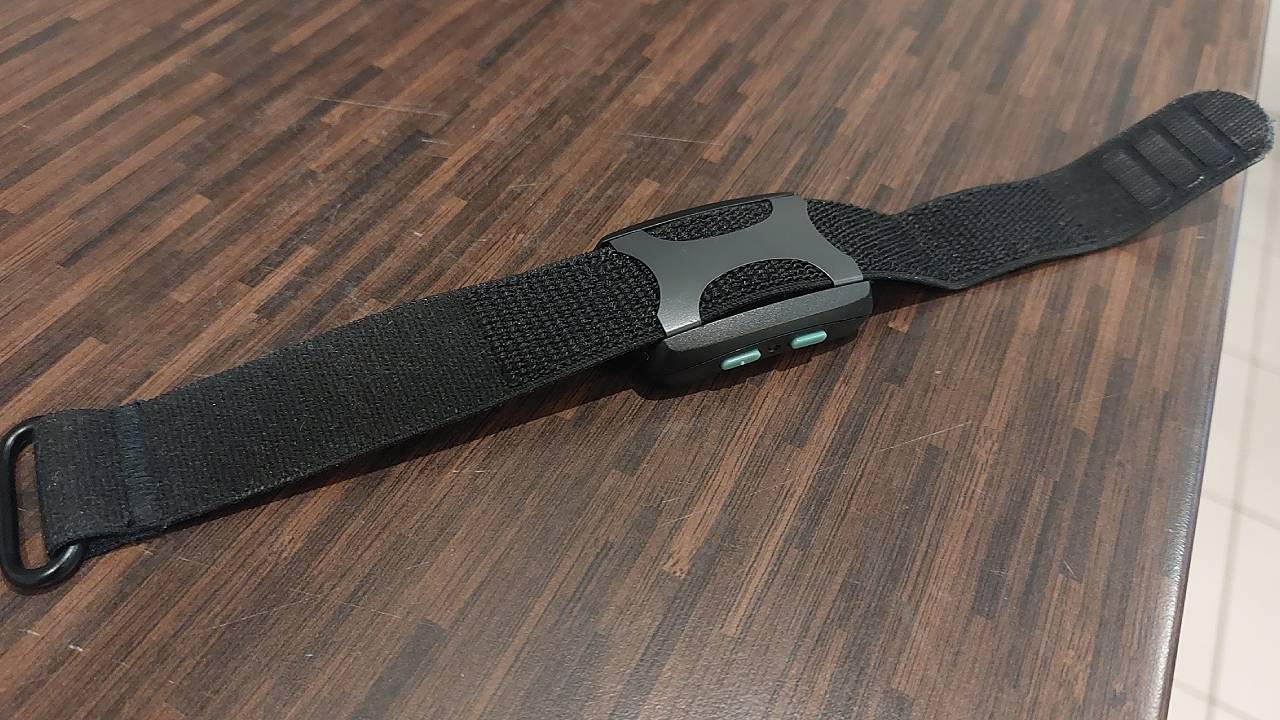
Apollo Neuro review: Design & app
Looking at the Apollo Neuro, it has a simple design that’s similar to the best smartwatches… except it doesn’t have a face! The main device is petite and sits comfortably against the skin – this is what delivers the vibrations.
On one side of the Apollo Neuro are two buttons, one with a raised dot and one without. The buttons are small and easy to use, with the dotted button increasing the intensity and the other decreasing the vibrations. When pressed together, you can play or pause the Apollo Neuro. In between the buttons is a light that will flash blue, red or green to indicate use, charging and low battery.
I used the Apollo Neuro with the strap attachment which is made of neoprene material with polyester overlays. Wearing the Apollo Neuro as a watch is comfortable but I’d have to say that the whole device feels a little flimsy and it fell off my wrist a few times while I was wearing it.
To use the Apollo Neuro, you need to download its app. The app’s homepage shows how much battery the Apollo Neuro has and the available programmes, including Energy and Wake Up, Social and Open, Clear and Focused, and more. The Schedule section is where you can select different modes for the morning, evening and night for stress, rest and relaxation. The app will also offer suggestions on what to schedule and when. The Profile section of the app shows you your progress, minutes used, streak and badges.
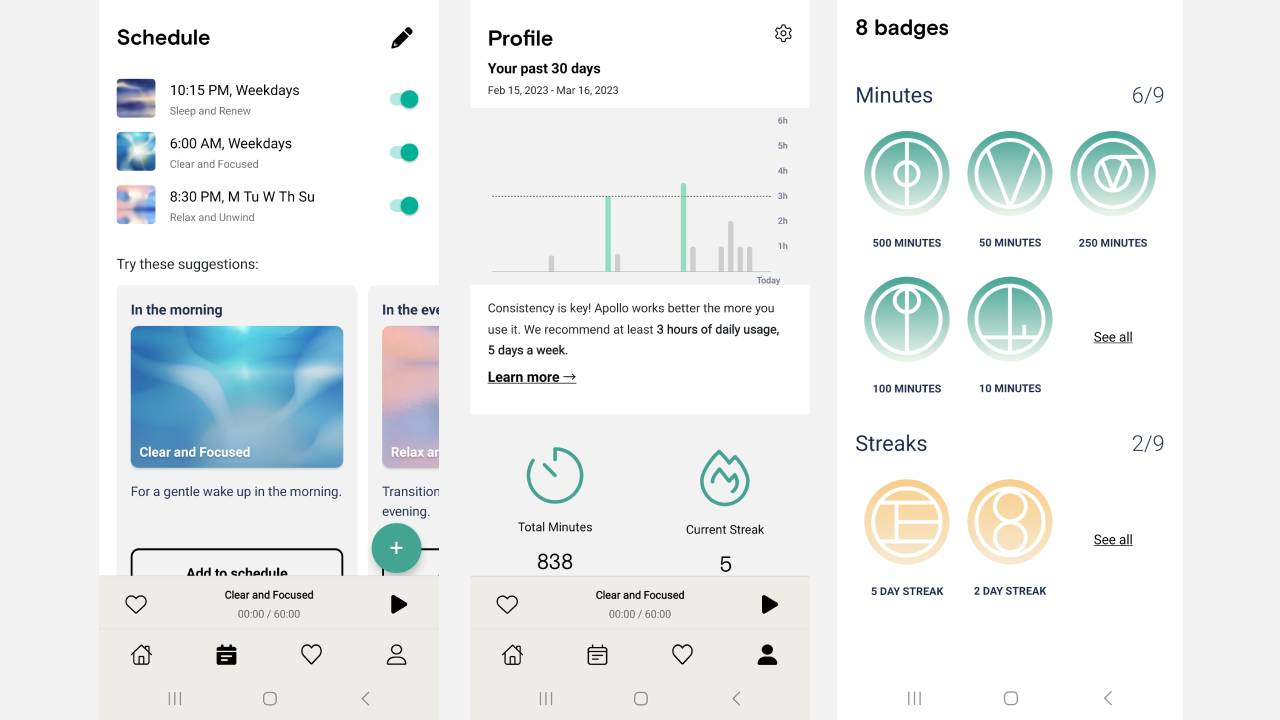
Apollo Neuro review: Usability
So, what does the Apollo Neuro actually do? As quoted from the brand, the Apollo Neuro “was developed by neuroscientists and physicians for better sleep, more energy, relaxation and focus. Through soothing, gentle waves of vibration, the Apollo wearable helps your body relax and reduces the feelings of stress, putting you into a state that allows you to have more control over how you want to feel.” The brand also recommends that you wear the Apollo Neuro for 3 hours a day, 5 days a week to feel the effects from the non-invasive touch therapy.
My first night trying the Apollo Neuro didn’t get off to the best start! I put it on a sleep cycle and it paused itself 30 minutes in. I didn’t touch the device or the app and they didn’t disconnect from each other. I also tried it on my wrist and ankle and found that the strap undid itself quite easily. However, once the device was actually working the vibrations felt comforting and relaxing.
Persevering after that first hiccup, I put together a routine and scheduled everything in the app. Wanting to focus on sleep, I scheduled the Relax and Unwind programme for 8pm, the Sleep and Renew programme for 10:15pm and the Clear and Focused programme for 6am. I found that these modes worked together nicely and succinctly to help me wind down in the evening and wake up refreshed in the morning.
The Relax and Unwind was enjoyable to have on while chilling out in the evening with subtle and comfortable vibrations. The Sleep and Renew had more intense and varied vibrations. I enjoyed lying in bed with my eyes closed paying attention to the vibrations which helped me fall asleep easier during the two hour cycle. I set the Clear and Focused mode to start an hour before my alarm goes off so I could wake up more naturally. The vibrations were light and made my alarm easier to wake up to.
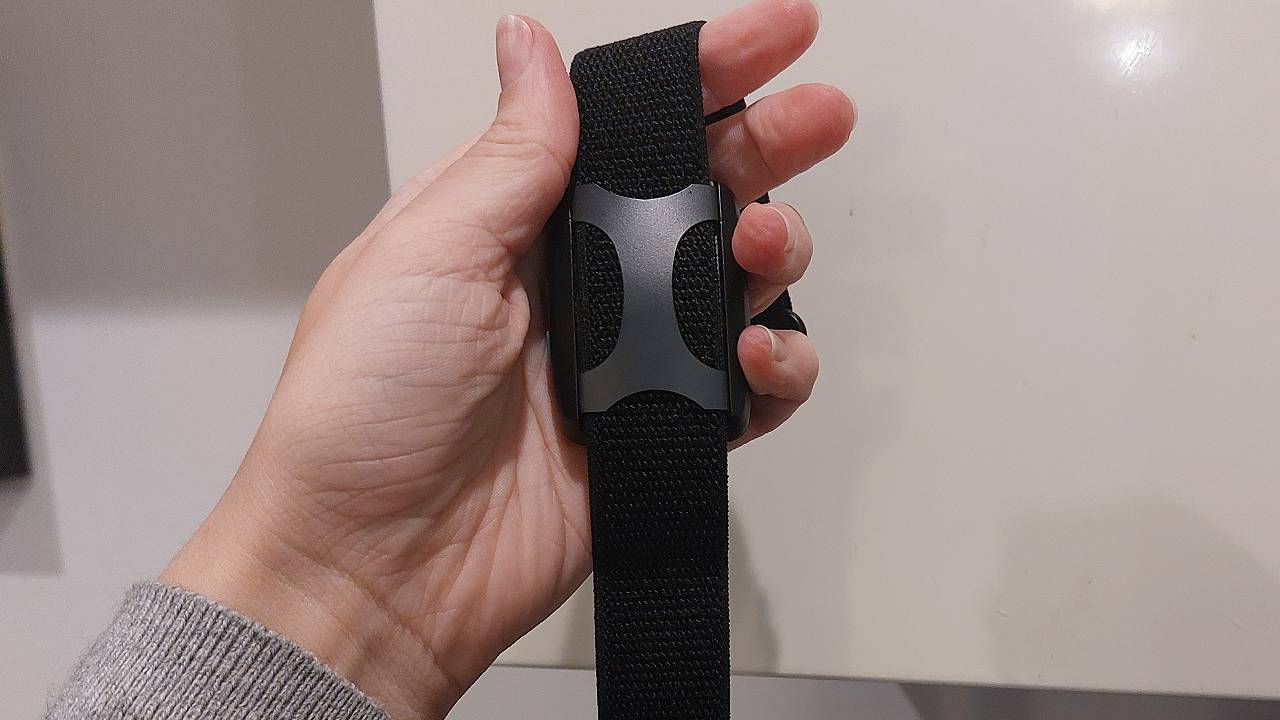
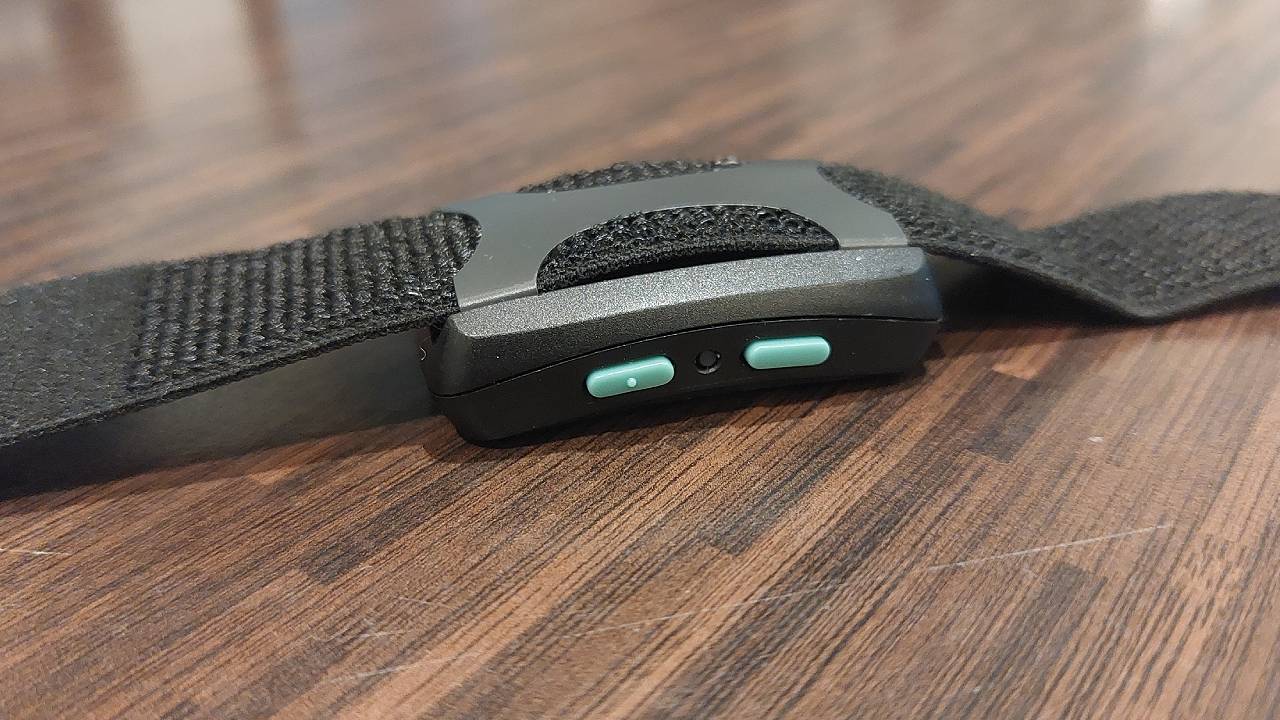
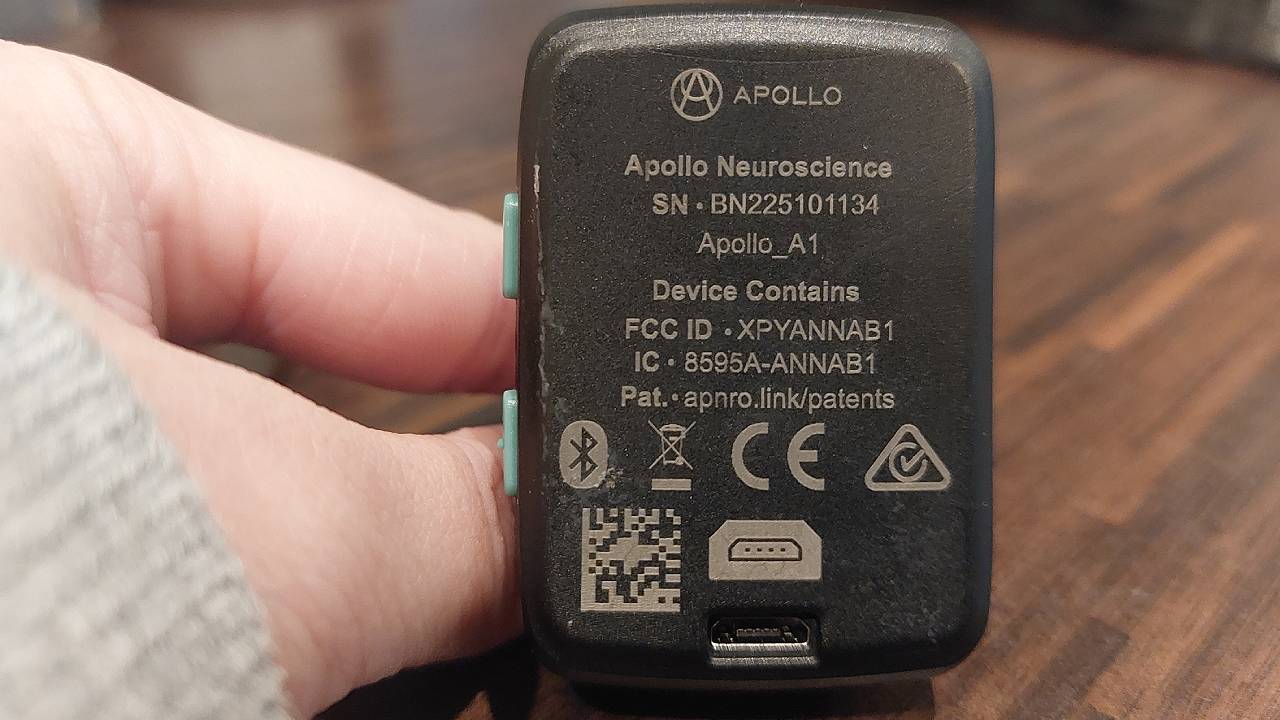
Apollo Neuro review: Price
The Apollo Neuro is $349 and as of writing, it’s only available on the Apollo Neuro website. I won’t lie, I was shocked when I found out how much it is and I do think it’s slightly too expensive. The device is available in multiple colours and small, medium and large sizes, and Apollo Neuro does run deals on its wearable, for example, it took $50 off the price for World Sleep Day 2023.
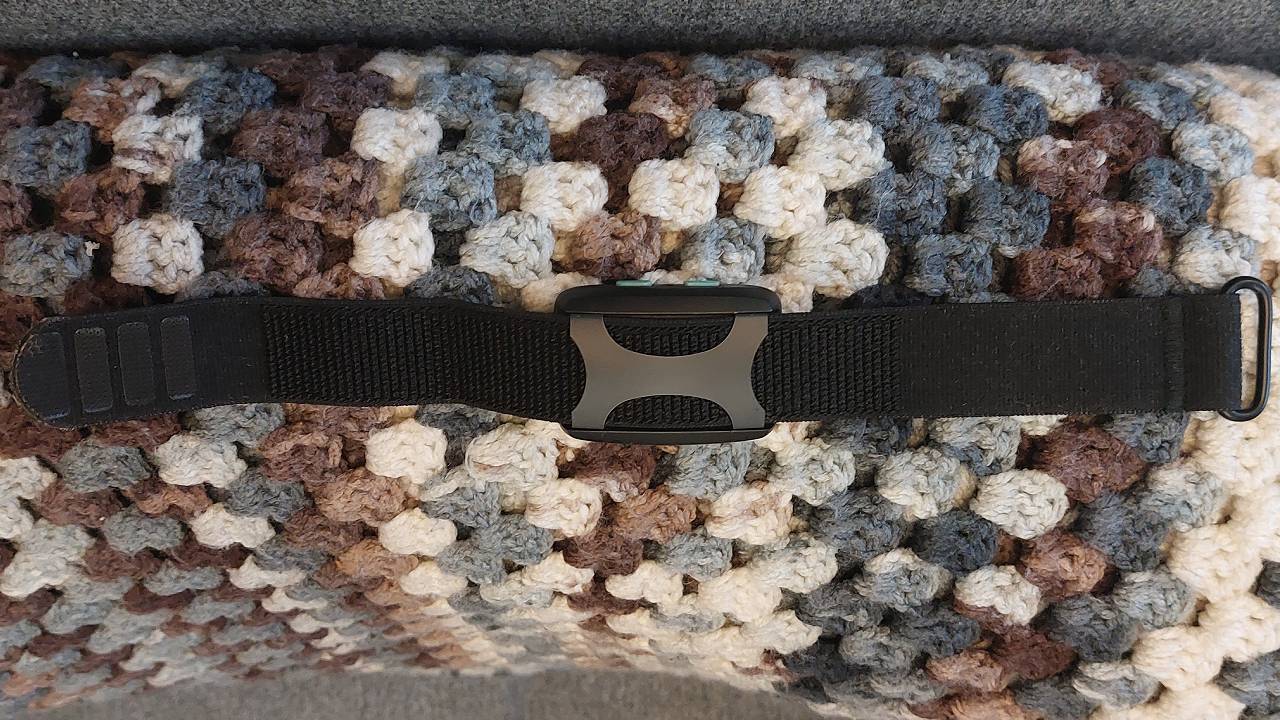
Apollo Neuro review: Verdict
Overall, I enjoyed the feel of the Apollo Neuro… when it worked! I found the device a bit flimsy and considering the price, I was surprised by how easily it came off and how quickly the battery ran out. The Apollo Neuro also disconnected or paused itself a few times which was quite annoying.
Having said that, the vibrations did help me rise easier, wind down and encourage me to fall asleep. I think the app for the Apollo Neuro is the best part, as it’s clear, easy to schedule and is full of helpful information and suggestions. I’d like the app to be a bit more analytical but as the Apollo Neuro isn’t a sleep tracker, it works fine to show you basic data like how consistent you’ve been.
I do question why people might want to buy the Apollo Neuro. While the vibrations and the technology behind it does have merit, I’m not sure how many people would spend $349 on it but as wellness wearables are on the rise, the Apollo Neuro could take off and appeal to a large audience.







